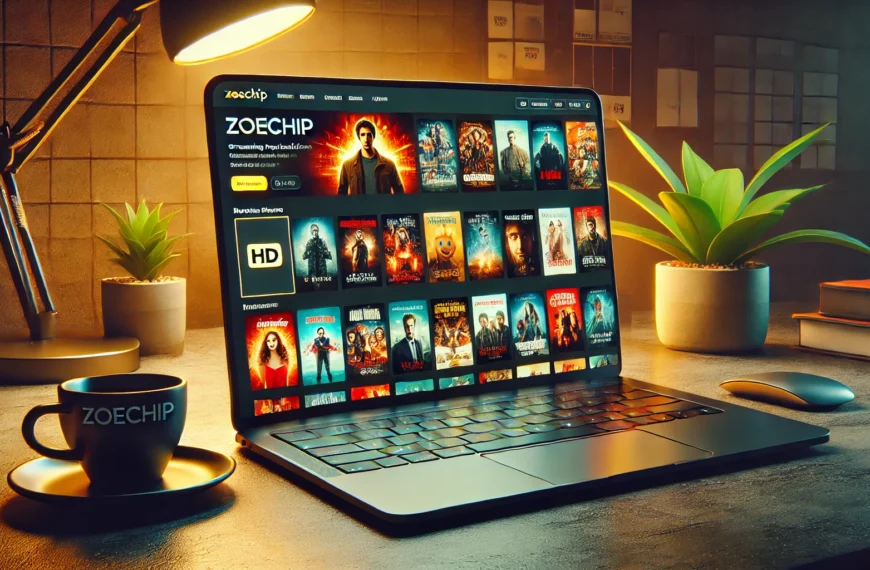Driving traffic to your website has become more important than ever in 2024. The growing competition and constant updates in search engine algorithms make it essential to stay ahead. Whether you run a blog, e-commerce platform, or business site, consistently increasing your traffic is key to long-term success. In this guide, we’ll cover 10 proven strategies that combine SEO best practices, social media promotion, and emerging trends like voice search. Implementing these tactics will help you drive quality traffic and keep your site competitive.
Leverage Long-Tail Keywords
One of the most effective SEO strategies is targeting long-tail keywords. These keywords are more specific and usually consist of three or more words. Although they have lower search volumes compared to general terms, they are much easier to rank for and often attract visitors who are more likely to convert.
For example, instead of targeting a broad term like “fitness tips,” you might focus on “fitness tips for busy moms.” This more specific phrase targets a narrower audience that is searching for actionable advice. Google Keyword Planner and Ahrefs are useful tools for identifying these low-competition, high-intent keywords.
Why Long-Tail Keywords Matter:
- They tend to have higher conversion rates because they capture users who know exactly what they want.
- They’re easier to rank for, making it simpler to drive organic traffic.
Optimize for Voice Search
Voice search is on the rise, with more people using virtual assistants like Siri, Google Assistant, and Alexa to conduct searches. As voice search continues to grow, optimizing your content for natural language queries becomes crucial. People typically ask questions in full sentences when using voice search, so it’s important to adapt your content accordingly.
Instead of optimizing for “best SEO strategies,” consider phrases like “What are the best SEO strategies in 2024?” This natural phrasing aligns your content with common voice search queries, helping you capture more traffic as the trend continues to expand.
How to Optimize for Voice Search:
- Structure your content around questions people might ask aloud.
- Focus on long-tail keywords and conversational phrases.
- Include an FAQ section with natural, question-based queries.
Create High-Quality, Evergreen Content
Evergreen content is content that remains relevant and useful over time, providing ongoing value long after it’s published. This type of content continues to attract visitors because it covers topics that aren’t tied to specific trends or dates. By creating how-to guides, tutorials, or informational articles, you can establish authority in your niche while consistently driving traffic.
For example, a post titled “How to Start a Blog in 2024” will stay relevant for years with minor updates. Focus on creating content that provides depth, solutions, and value.
Why Evergreen Content Drives Consistent Traffic:
- It ranks well over time and doesn’t become outdated.
- It’s often shared and referenced, bringing continuous traffic.
How to Identify Topics for Evergreen Content:
- Look for general, non-time-sensitive issues within your niche.
- Use tools like Google Trends or AnswerThePublic to find consistently popular topics.
Utilize Internal Linking
Internal linking is a simple yet powerful SEO strategy. By linking to other related pages on your site, you can help search engines crawl and index your content more effectively while keeping visitors engaged for longer. Additionally, internal links boost the authority of your pages, which can improve your rankings.
For instance, if you’re writing about SEO techniques, link to a related post on “On-Page SEO Tips.” This not only enhances user experience but also encourages users to spend more time exploring your site.
Benefits of Internal Linking:
- Improves site structure and helps search engines discover your pages.
- Keeps visitors engaged and reduces bounce rates.
Optimize for Mobile Users
With more than 60% of internet users accessing websites via mobile devices, optimizing your site for mobile is non-negotiable in 2024. Google’s mobile-first indexing prioritizes the mobile version of your site when determining search rankings. A mobile-friendly site ensures a better user experience, which reduces bounce rates and improves rankings.
Here’s how to make your site more mobile-friendly:
- Use a responsive design that adjusts to different screen sizes.
- Optimize images to reduce load times and improve speed.
- Simplify navigation for smaller screens by using a clean, easy-to-read layout.
Use Social Media to Promote Content
Social media platforms are invaluable for driving traffic to your site. By actively sharing your content on platforms like Facebook, Instagram, LinkedIn, and Twitter, you can reach a broader audience and generate more engagement.
When promoting your content, don’t just stick to posting links. Instead, repurpose your blog posts into bite-sized snippets, info-graphics, or stories. This will help increase reach and encourage sharing.
Effective Social Media Strategies:
- Repurpose blog content into shareable formats (e.g., info-graphics, tips).
- Engage with your audience by responding to comments or starting discussions.
- Encourage sharing with strong calls to action like “Share this if you found it helpful!”
Invest in Paid Advertising
While organic traffic is valuable, investing in paid advertising can give your traffic a quick boost. Pay-per-click (PPC) campaigns on platforms like Google Ads or social media allow you to target specific demographics and keywords, ensuring your ads reach users most likely to engage with your content.
To get the best return on investment:
- Start with a small budget and experiment with different ad formats (e.g., search ads, display ads).
- Analyze the performance of each campaign and refine your approach over time.
- Target high-intent keywords to attract users who are ready to take action.
Collaborate with Influencers and Bloggers
Influencer marketing is a powerful way to expand your reach and drive traffic. By collaborating with influencers or guest bloggers who have an established audience, you can tap into their followers while building your brand’s authority.
For instance, partnering with a well-known tech influencer for product reviews or guest posts can expose your site to a larger, engaged audience. This approach also helps you earn high-quality back-links, which will positively impact your SEO.
How Influencer Collaborations Drive Traffic:
- Influencers have dedicated followers who trust their recommendations.
- Collaborations lead to quality back-links and increased referral traffic.
Improve Your Website’s Speed
Website speed is a critical factor in both user experience and SEO. Visitors expect a site to load within 3 seconds, and delays can lead to higher bounce rates. Slow sites also rank lower on search engines. Use tools like Google PageSpeed Insights to analyze your website’s performance and find areas for improvement.
Here’s how to optimize your site speed:
- Compress images to reduce their file size.
- Use browser caching to store frequently used data.
- Consider using a Content Delivery Network (CDN) to distribute content across multiple servers.
Focus on User Experience (UX)
User experience (UX) is crucial for keeping visitors on your website and encouraging repeat visits. A positive UX leads to lower bounce rates and higher engagement, which ultimately drives more traffic. Ensure that your website is easy to navigate, visually appealing, and provides valuable content.
Key UX Improvements:
- Simplify navigation with clear menus and buttons.
- Use short paragraphs and bullet points to improve readability.
- Incorporate clear calls to action (CTAs) to guide users.
Conclusion
Driving traffic to your website in 2024 requires a strategic mix of SEO best practices, content promotion, and a focus on emerging trends like mobile and voice search. By leveraging long-tail keywords, optimizing your website for both search engines and users, and engaging with audiences on social media, you’ll create a well-rounded traffic-generation strategy. Incorporating these 10 proven methods will help you attract more visitors, improve engagement, and achieve long-term growth.
FAQs
How can I increase organic traffic to my website in 2024?
Focus on long-tail keywords, publish evergreen content, and optimize for mobile and voice search. Don’t forget to utilize internal linking and improve your website’s speed.
Why are long-tail keywords important for SEO?
Long-tail keywords are more specific and easier to rank for, attracting highly targeted visitors who are more likely to convert.
What is voice search optimization?
Voice search optimization involves structuring content around natural, conversational queries that people ask aloud when using virtual assistants like Alexa or Siri.
How does internal linking improve SEO?
Internal links help search engines discover and index your content while improving the user experience by guiding visitors to related pages.
Why is website speed important for traffic?
A fast-loading website provides a better user experience, reduces bounce rates, and improves search rankings, leading to increased traffic.
What is the role of influencer marketing in driving website traffic?
Influencer marketing exposes your site to a new audience, drives targeted traffic, and generates quality back-links that improve SEO.










